By Major General Michael Reynolds
The story of Hitler’s Bodyguard, the 1st SS Panzer Division Leibstandarte (LAH), in the battle for Bastogne does not begin until after the siege of that city had been raised by the U.S. 4th Armored Division, part of General George Patton’s Third Army, on December 26, 1944. By then the American Bastogne salient posed such a threat to the flank and rear of German Army Group B that it could no longer be ignored—in fact, by then Bastogne was becoming the center of gravity of the whole Battle of the Bulge.
As a consequence, the men who wore Hitler’s name on their cuffs found themselves rushed to this new sector. Their division had already suffered heavily in its failed attempt to break through in the northern sector of the Bulge, but the fighting in which it was about to take part was some of the most bitter and costly of the entire campaign. It will probably come as a surprise to many readers to learn that American casualties in the second half of the Battle of the Bulge (December 30, 1944, through January 12, 1945), were nearly one-third higher than in the first half.
In the same way that the Bastogne salient was causing problems to Army Group B, it was clear to the senior U.S. commanders that they had to fill the gap between their 4th Armored Division and the 26th Infantry Division to its southeast. In particular, it was important to push the Germans away to the east from the Bastogne-Arlon road—the main open artery into the Bastogne pocket. To this end, the 35th Infantry Division was ordered to advance into the gap and given the Bastogne-Longvilly road as its ultimate objective. By the evening of the 29th, it was lying directly in the path of the eastern prong of the German counterattack designed to cut Patton’s III Corps corridor into Bastogne—the counterattack in which Hitler’s Bodyguards were to participate.
On December 28, 1944, the LAH was transferred to XXXIX Panzer Corps in General Hasso von Manteuffel’s Fifth Panzer Army. Headquarters Army Group B reported that night: “Kampfgruppe 1st SS Panzer Division, with its Panzer Regiment, Panzerjäger Battalion, 1st Panzergrenadier Regiment, Artillery Regiment, Pioneer Company and Armored Reconnaissance Platoon, left the Vielsalm area at 1625 hours and moved into the … Longvilly area.”
In fact, owing to fuel shortages, some elements of the LAH were unable to start their move until midday on the 29th, by which time the division had become part of Army Group Lüttwitz, a new unified command comprising both the XXXIX and XLVII Corps. General Heinrich F. von Lüttwitz had been given the task of eliminating the Bastogne salient.
During the night of the 29th, the LAH moved farther south to the Tarchamps-Lutremange area, from where it was to launch its attack. This part of the Duchy of Luxembourg was hilly and heavily forested, with a very restricted road network. It was bitterly cold; the roads were icy, and a blanket of snow covered everything.
The LAH’s attack was to be supported on its northern flank by the 167th Volksgrenadier Division (VGD) and a Kampfgruppe (KG) of Panzer Lehr’s 901st Regiment, which included some Mk IV tanks. The latter was already in the sector but worn down and understrength. The 167th VGD had arrived from Hungary on December 24 and then, after detraining on the east bank of the Rhine, had experienced great difficulty in reaching the Bastogne sector. To add to its problems, the division had no heavy weapons, and although a third of its men were veterans of the Russian Front, many others were recently joined Luftwaffe personnel.

On the LAH’s southern flank, a regiment of the 5th Parachute Division (FSD), already in the line and resisting the advance of the U.S. 35th Division, had also been ordered to support the attack, but it too was tired and seriously understrength.
For its new mission, the LAH commander, SS Maj. Gen. Wilhelm Mohnke, divided his depleted division into two KGs. The northern KG, under the command of SS Captain Werner Poetschke, comprised all the available tanks, two weak battalions of panzergrenadiers, and a pioneer company. It was tasked with capturing Lutrebois and then advancing to the Bastogne-Arlon road in the vicinity of Remonfosse. At the same time the southern KG, under SS Lt. Col. Max Hansen, was to capture Villers-la-Bonne-Eau and reach the Bastogne-Arlon road via Losange. It consisted of the 1st SS Panzerjäger Battalion, all the remaining panzergrenadiers, an SS reconnaissance platoon, and a pioneer company.
After reaching the Bastogne-Arlon road, both KGs were to continue their advance west to link up with the Führer Begleit Brigade (FBB) and the 3rd Panzergrenadier Division (PGD) in the area between Assenois and Hompré. H-Hour was set for 0600 on the 30th. Suggestions that the infamous SS Lt. Col. Jochen Peiper, the designated commander of the LAH’s 1st SS Panzer Regiment, was a “backseat driver” in KG Poetschke during this operation can be discounted. Following the defeat of his KG in the northern sector of the Bulge from December 17-25, he was suffering from mental and physical exhaustion and had been evacuated.
How strong was the LAH at this time? There is very little firm information from German sources, but it is still possible to determine the strength of the division with reasonable accuracy. It is clear that the 1st SS Panzer Battalion still had a theoretical strength of 16 Panther and 26 Mk IV medium tanks. Karl Rettlinger’s 1st SS Panzerjäger Battalion had suffered little and should have had about 18 Jagdpanzer IVs and the corps’ 501st SS Heavy Battalion still counted 33 Tiger II tanks in strength, although it is unlikely that more than 15 were operational.
How many of these tanks and Jagdpanzers actually reached the Bastogne area remains a matter of conjecture, and, out of a total of 93, it is unlikely that more than 50 saw action there. With regard to infantry, Hansen’s 2nd and Rudolf Sandig’s 1st SS Panzergrenadier Battalions were allocated to KG Poetschke, while Hansen was left with the remnants of his 1st and 3rd battalions. Overall, it seems probable that each Leibstandarte KG had the equivalent of about one panzergrenadier battalion.
The relevant front line on December 30 ran south from Neffe, through the woods to the east of Marvie, then along the line of the woods and the Lutrebois-Lutremange road to Villers-la-Bonne-Eau and Livarchamps, and finally away to the east below Harlange.
American Tank Destroyers Claimed 4 of the Tanks, and 2 Were Said to Have Been Knocked Out by Artillery Fire, While 1 was Immobilized on a Mine.
As already mentioned, the American 35th Infantry Division lay directly in the path of the German attack. One of its regiments (the 134th) had captured most of Lutrebois in the early evening of December 29, and another (the 137th) had taken Sainlez and Livarchamps from the 5th FSD and, during the night of the 29th, penetrated into Villers-la-Bonne-Eau with two companies.

“They couldn’t completely dislodge a company of German Pioneers and ended up sharing the village with them for the rest of the night,” the divisional history reported. The third regiment of the 35th Division (the 320th) was at this time “engaged in bitter battle” with elements of 5th FSD around a farm and in the woods 1,000 meters southeast of Harlange. The division had suffered 148 battle casualties in three days of fighting to reach this line. The artillery fire plan heralding the LAH attack was weak and ineffective due to a shortage of ammunition. Nevertheless, the leading tanks of KG Poetschke moved forward from Lutremange on parallel roads at 0625 hours.
Fortunately for Mohnke’s men, the morning of the 30th dawned cloudy with poor visibility. Although this kept the Allied fighter bombers away for the first few hours of the attack, it also prevented the assistance that had been promised by the Luftwaffe.
Poetschke’s tanks met no resistance other than from artillery fire as they approached Lutrebois, which was held by a battalion of the 35th Division (3/134th), with another battalion (2/134th) deployed in the wood line on the ridge dominating the valley to its south. Artillery fire delayed the advance, but panzergrenadiers soon infiltrated the American lines south of Lutrebois. Others engulfed the village, and seven tanks hooked around to the north. American tank destroyers claimed four of them, and two were said to have been knocked out by artillery fire, while one was immobilized on a mine.
News of the German attack reached the headquarters of Combat Command A (CCA) of the 4th Armored Division at 0635 hours. This combat command was located just to the east of the Bastogne-Arlon road and behind the northern regiment of the 35th Division. It was basically facing north with its advanced elements at Remonfosse. The American commander wasted no time and ordered his units to turn east in support of the 35th Infantry Division.
The after-action report of CCA reads, “Counter-attack of at least infantry battalion strength supported with SP guns and 20 to 30 tanks drove 3/134 out of Lutrebois and enemy infantry infiltrated through the woods to within 400 yards of the highway [Bastogne-Arlon road] seriously threatening our position.”
With the northern regiment of the 35th Division forced to withdraw south through the woods toward Losange, Poetschke’s 6th SS Panzer Company’s Mk Ivs were nearing Point 535, from where they could see Remonfosse and some 3-4 kilometers of the Bastogne-Arlon road. The 7th Panzer Company was heading for Saiwet, and CCA’s situation was indeed becoming serious. Urgent action was needed. The Americans deployed an armored infantry battalion with two tank companies (51st Armored Infantry Battalion and B & D/35th Tank Battalion) in support into the woods to the west of Lutrebois. They also brought ground attack aircraft and all available artillery into play. The weather had improved as the day progressed and the LAH tank companies, now that they were out in the open, were extremely vulnerable.
CCA’s report goes on: “At about 1100 hours B Company (strength six tanks) engaged thirteen enemy tanks advancing NW out of Lutrebois, destroying eleven of them without loss. With clear weather and good visibility air and artillery support was [sic] excellent, the air getting seven confirmed tank kills and the artillery breaking up several troop concentrations.
Hugh M. Cole’s Official History of the U.S. Army adds more information about the air support. “The main body of the 1st SS Panzer KG appeared an hour or so before noon moving along the Lutremange-Lutrebois road; some twenty-five tanks were counted in all. It took two hours to bring the fighter-bombers into the fray, but they arrived just in time to cripple or destroy seven tanks and turn back the bulk of the Panzers.”

Further details are to be found in the AAR of the CCA tank battalion involved in this action: “Thirteen German tanks … reached the woods south-east of Lutrebois, but a 4th Armd Div artillery spotter in a Cub plane spotted them and dropped a message to Co B of the 35th Tank
Bn … six Sherman tanks and a platoon from the 701st TD Bn formed an ambush near a slight ridge that provided hull defilade and waited. The leading German company (or platoon) which had six Panzers, happened to see Co A of the 35th and as the fog briefly lifted, turned, with flank exposed, in that direction. The first shot … put away the German commander’s tank and the other tanks milled about until all had been knocked out. Six more German tanks came along and all were destroyed or disabled. In the meantime the American TDs took on some accompanying assault guns, shot up three of them, and dispersed the neighboring Grenadiers.”
These reports equate reasonably well with the few German accounts of events on the 30th, although they claim many more tanks knocked out. A member of the 7th SS Panzer Company, Manfred Thorn, remembered, “At about 0930 hours we reached the Lutrebois hills.… American infantry were scattered through the left portion of the forest, right along the road. The forest lined the road for only a hundred meters, then the first houses of Lutrebois could be seen…. At the end of the forest a Panther stood on the right…. On the horizon to the west I saw the last Panzers of the 6th Company disappearing behind a hill. They were driving in the direction of Remonfosse…. The Company then drove in a wide wedge formation toward the hills 4km south of Bastogne [north of Remonfosse]. On our right were the woods, to our left open ground, behind us Lutrebois…. At 1515 hours we noted several Panzers behind us already hit and burning. Within ten minutes six of our Company’s Panzers were knocked out.”
“When the Smoke Cleared I Saw that My Hatch was Gone. What I did not See was That the Hit had Torn Our Cannon Right Away from the Turret.”
Whether the Panther referred to was that of Werner Poetschke we shall never know, but his command Panther was certainly put out of action and he and his adjutant, Rolf Reiser, were given a lift back to their command post later in the day in a 7th Company Mk IV. Thorn’s Mk IV withdrew into the forest after last light and eventually reached Bras.
Another member of the 7th Company, Rolf Ehrhardt, described his participation. “We bypassed the center of the village [Lutrebois], leaving it on our left and … headed northwest…. Suddenly we saw movement near the 6th Company. The Panzers angled to the left and one fired its main armament…. The artillery fire became stronger. Then there was a new tone in the explosions—a harder, drier whipcrack…. The fire was coming from due west (from a dominating wooded ridge which runs for some 3 kilometers along the west side of the Bastogne-Arlon road)…. The Amis must have set up anti-tank guns further to the left of the 6th Company. Two shells exploded in front of our tank…. A tank was knocked out in front of us…. It was almost a relief when we were hit ourselves…. When the smoke cleared I saw that my hatch was gone. What I did not see was that the hit had torn our cannon right away from the turret.”
Yet another member of the same company told later how he and his tank commander drove forward again that night to search for damaged tanks. They found six, all from their own company and still burning, in a row in an open field. Amazingly, only two crewmen had been killed during the day; SS Captain Oskar Klingelhöfer had suffered burns but would soon return to command what was left of the company.
In the southern sector of the LAH’s front, KG Hansen’s advance progressed well despite an appalling route that twisted its way through woods and up and down deep valleys. By mid-morning, SS Captain Haft’s panzergrenadiers, with support from at least seven Jagdpanzers, had relieved the few German pioneers who had shared Villers-la-Bonne-Eau with the Americans the previous night.

The AAR of the 35th Division describes what happened: “Companies K and L of the 3/137th Infantry came under attack by seven tanks [Jagdpanzers] heavily supported by infantry. The Panzers moved in close, blasting the stone houses and setting the village ablaze. At 0845 a radio message reached the CP of the 137th Infantry asking for the artillery to lay down a barrage of smoke and high explosive, but before the gunners could get a sensing the radio went dead. Only one of the 169 men inside the village got out.”
The report of the U.S. infantry regiment involved gives more details: “At 0645 the 3rd Battalion held four buildings in Villers-la-Bonne-Eau and by 0900 the enemy activity and resistance in the town increased considerably. Enemy assault guns [Jagdpanzers] and SS troops moved into the town in the morning to reinforce the enemy garrison [pioneers] and the armored guns moved in and around the town shooting into the houses occupied by elements of the 3rd Battalion. Two of these guns were knocked out by bazooka fire and the rest withdrew out of bazooka range and shelled the houses with direct fire…. Companies K and L were cut off from the rest of the Battalion.”
At 1445 hours the German advance continued and the Chateau Losange was captured by 1600. But this was to be the high-water mark of Hansen’s advance, for as the leading elements of his KG reached the main Bastogne-Arlon road, just to the west of the Chateau, they came under intense artillery fire and direct tank and antitank fire from parts of CCA and the 137th Infantry Regiment. The attack stalled, and Hansen gave orders for his men to go firm.
By last light on December 30, the Leibstand- arte was holding Point 535, Lutrebois, the Chateau Losange area, and Villers-la-Bonne-Eau, and the 35th Division had been forced back to a line running from Remonfosse to Sainlez to Livarchamps. But the German counterattack had failed in its mission of crossing the Bastogne-Arlon road and reaching the Assenois area, and the cost had been heavy. At least 20 tanks and Jagdpanzers were lost, and many panzergrenadiers killed and wounded. Nevertheless, the attack had driven a wedge 3 kilometers wide and 3 kilometers deep into the flank of the Bastogne corridor and, as the Official History says, “It had achieved an important secondary effect, becoming, as it did, a true spoiling attack that put the 35th [Division] out of the running from 31 December on.”
The concurrent attack by the 167th VGD along the axis of the Bras-Bastogne road met with some initial success and reached the first houses of Bastogne itself; however, in the face of intense artillery fire, attacks by fighter-bombers and finally a counterattack by armored elements of CCA, the division ended the day at the western edge of Marvie.
The 5th FSD held its ground on the 30th against limited attacks by the 35th Division but was too weak to join in the overall German assault on the Bastogne corridor.
There are no detailed reports of the fighting on the eastern side of the Bastogne corridor on December 31 from either the Americans or Germans. Clear weather produced plenty of air activity—the Germans claiming 3,550 Allied aircraft operating against 550 of their own.
Ralf Tiemann’s History of the LAH says the fighting continued with “undiminished ferocity” on the 31st, with both LAH KGs reaching the Bastogne-Arlon road again at about midday before being pushed back again to their start points by “massive artillery fire and counter-attacks during the afternoon by the 4th Armored and 35th Infantry Divisions.”
Neither of the U.S. divisional after-action reports makes any mention of this. CCA of the 4th Armored merely says, “Positions taken up late on 30 Dec were improved and strengthened … enemy tank lurking in edge of woods was destroyed.”

The 35th Division’s after-action report says, “The Division was ordered to attack to the north-east, supported by tanks from the 4th Armd Div, to capture the two 510m high hills north-east of Lutrebois, but no progress was made.”
The war diary of Field Marshal Gerd von Rundstedt, commander-in-chief of German forces in the West, has the following entry for the 31st: “A report from Army Group B at 1215 hours again described the ferocity of the fighting around Bastogne. The western attack group [3rd PGD and FBB] cannot advance any further without the support of the eastern group [LAH and 167th VGD]. The eastern group has indeed resumed the attack, but can only gain a little ground. The deployment of artillery will bring some relief. In spite of this, the forces committed so far appear to be insufficient to achieve the assigned objective.”
The Decision was to Bring the LAH’s Sister Division into Action in the Bastogne Sector with Disastrous Results. Its Personnel Casualties Would Reach Catastrophic Proportions.
January 1-2, 1945, saw only limited activity on the Leibstandarte’s front. The Americans claim to have cleared Hansen’s men from Losange and the woods to the west of Villers-la-Bonne-Eau, but KG Poetschke still controlled the area of Point 535 and Lutrebois.
The commander of Army Group B, Field Marshal Walter Model, had now come to the conclusion that there was little or no chance of cutting the Bastogne corridor and that a direct attack against the town was more likely to bring success. The decision was to bring the LAH’s sister division, the 12th SS Hitlerjugend, into action in the Bastogne sector with disastrous results. Its personnel casualties would reach catastrophic proportions in the ensuing fighting, and the division was to lose seven Mk IV tanks, six Panthers, 17 Jagdpanzer IVs, seven Jagdpanzer Vs, and 18 armored personnel carriers.
On January 3, elements of the 35th Infantry Division managed to infiltrate into Lutrebois, and on the 4th, KG Poetschke launched a local counterattack with armor to recover the village. Although initially successful, the attack failed and by last light the Americans were in control with the German tanks back in Lutremange. Even so, the Germans continued to hold the woods to the south and east of Lutrebois. Although Hansen’s men had lost the road junction just to the northwest of the village, they were still firmly in control of Villers-la-Bonne-Eau.
Farther east, the after-action report of the 35th Division mentions German counterattacks by tanks as well as infantry after the 137th Infantry had captured four houses in the village of Harlange. It seems likely that part of Hansen’s KG assisted the 5th FSD in resisting American attacks in that area too—the so-called tanks probably being Jagdpanzers.
The American reports for January 5-6 speak only of heavy resistance to all their attempts to advance against the LAH and make no mention of the following account of events in the History of the Leibstandarte: “On 5 and 6 January, the attack [against the Bastogne-Arlon road] was continued in the 167th VGD and LAH sectors. The advance of the 3rd SS Panzergrenadier Battalion of the 1st Regiment, which contained only 80 men, together with the remaining assault guns out of Villers-la-Bonne-Eau against Losange stalled right from the start under concentrated blocking fire from the artillery of the 35th Infantry and 4th and 6th Armored Divisions.
The attack by the 2nd SS Panzergrenadier Battalion from the forest west of Tarchamps to regain Lutrebois, with approximately 100 men supported by the remnants of the 6th SS Panzer Company and several combat groups from the 1st SS Panzer Regiment with Panthers, made it to the enemy positions on the edge of the town. There it was repulsed by the concentrated commitment of all infantry weapons and heavy antitank gunfire.

Although the Leibstandarte continued to hold its positions throughout January 7, the overall situation facing the Germans at this time was becoming so serious that there was a distinct possibility of another Falaise Pocket-type disaster. The following day, Hitler authorized Field Marshal Model to give up the area west of Houffalize and south of Bastogne. The withdrawal of the LAH was scheduled for the 10th. In the meantime, current positions were to be held.
On January 9, Patton’s III Corps launched a coordinated attack to eliminate the mini bulge southeast of Bastogne. The after-action report of the 35th Division is succinct. “The Division was ordered to resume attacking to the north-east. The 320th Infantry, with elements of the 6th Armored Div in support, advanced 800m. The 134th Inf gained a kilometer.”
According to the History of the LAH, “The Americans attacked … along with strong armored support and continuous artillery fire, from the direction of Losange and Livarchamps against the 3rd SS Panzergrenadier Battalion’s positions on the western edge of Villers-la-Bonne-Eau. During the evening a single penetration was achieved into the center of the village. It was blocked by the battalion and SS pioneers committed with the support of assault guns. The battalion prepared to counterattack … during the night.”
There are no reports of similar actions on other parts of the front.
On January 10, the 5th FSD and 167th VGD began to fall back to the Bizory-Wardin-Bras line. Early that morning the LAH also began its withdrawal to an area east of St. Vith, where it was to return to the command of I SS Panzer Corps. By that date, the U.S. 35th Division had suffered 1,432 battle casualties—its only consolation being that it had inflicted grievous harm on its major adversary.
A member of Hansen’s 2nd SS Panzergrenadier described part of the withdrawal: “In the early morning of 10 January we received orders to evacuate the Lutremange–Villers-la-Bonne-Eau corridor and assemble to the east. It was nearly light when we reached the hilltop on the road to Harlange [Tarchamps]. There [at the boundary with the Duchy of Luxembourg] we again came under fire from American tanks and suffered bloody losses. We reached Doncols, east of Bastogne, in the afternoon.”
“At 1400 the Road Leading From Lutremange was Choked with Enemy Vehicles and an Air Strike and Artillery Pounded the Column… The Regiment Suffered Heavy Casualties Today.”
The U.S. regiment tasked with the capture of the same area described events as follows: “Supported by tanks and TDs, the 137th Infantry pushed ahead against the enemy on January 10, making a slight gain and capturing the much sought and fought for town of Villers-la-Bonne-Eau, a target of the Regiment for the past thirteen days. The Regiment attacked at 0915 … and by 1400 had two buildings on the edge of the battered town. Later in the afternoon, the entire village was cleared…. At 1400 the road leading from Lutremange was choked with enemy vehicles and an air strike and artillery pounded the column…. The Regiment suffered heavy casualties today.”
Villers-la-Bonne-Eau had only 15 houses before it became engulfed by war, so it is hardly surprising that by January 10 the village had almost ceased to exist. The Americans estimated that 6,000 artillery rounds fell on it in just one day’s fighting.

During the following four days a few minor but costly actions were carried out by small armored elements of the LAH to cover its withdrawal, but for all intents and purposes the LAH’s commitment in Hitler’s last great offensive in the West was over. After three weeks of intense combat, it was a mere shadow of the division that had entered battle on December 16.
No firm figures exist for the strengths of the panzergrenadier battalions, but it would appear that they totaled no more than a few hundred men. In the case of armor, official strength returns for the LAH and the Corps’ 501st SS Heavy Panzer Battalion dated January 15, 1945, relate some surprises. They show the 62 tanks and 15 Jagdpanzers or assault guns still on strength, 19 Mk IVs, 12 Panthers, 11 Jagdpanzer IVs, four Sturmgeschutz StuG assault guns, and 33 Tiger IIs; of these, three Mk IVs, one Panther, two StuGs, and 13 Tigers were under repair. From these figures it is possible to make a reasonable estimate of the losses suffered during the fighting in the Bastogne area: seven Mk IVs, four Panthers, seven Jagdpanzers, and two Tigers. Coincidentally, U.S. Army personnel photographed two of the Panthers and the two Tigers soon after the battle. One of the Tigers was allegedly near Villers-la-Bonne-Eau and the other in the Wardin area.
Readers may be surprised that the losses in armor quoted above are much lower than those claimed by the Americans, but it has to be appreciated that the nature of the ground in the Lutrebois-Losange area precluded the deployment of large numbers of armored vehicles. Further, the Official History of the U.S. Army states, “Two or three units would claim to have destroyed what on later examination proves to have been the same enemy tank detachment and a cumulative listing of these claims—some 50-odd German tanks destroyed—probably gives more Panzers put out of action than 1st SS Panzer brought into the field.”
It is also somewhat strange that there was no mention by either side of Tigers being involved in the Lutrebois-Lutremange fighting. This would seem to indicate that very few reached that area, and the fact that a photograph was taken of one allegedly knocked out on January 8 in the First U.S. Army sector, would tend to confirm this.
There is, however, a report by an American tank company that claims that two Tigers knocked out four of its tanks in the Mageret area in the late afternoon of January 4. The summary of operations for January 1945, by the battalion of which that company was a part, has the following entry for January 5: “Destroyed 2 Tiger tanks.”
These reports tend to confirm statements that a KG, comprising some 14 to 16 Tigers of the 501st SS Heavy Panzer Battalion, operated in the general area to the east of Bastogne from December 28 to January 10. No reliable details of this KG’s actions are provided.
And so ended the part played by Hitler’s Bodyguard in the Ardennes campaign. In summary, it can be said that the division had been ordered to fight through unsuitable terrain, starved of essential supplies, and denied the air support this type of operation demanded. But it also has to be said that, due to failures by German intelligence staffs, the men of the LAH had often been surprised by the situations in which they found themselves and by the speed of the American reaction to their attacks.
There was one more thing that spelled disaster for Hitler’s last offensive in the West: the bravery and tenacity of the American frontline soldier. This came as a shock to the Germans who, like their Führer, had a poor opinion of the U.S. Army.
Michael Reynolds was a major general in the British Army. He served in the Korean War and was the director of NATO’s Military Plans and Policy Division. Reynolds is a recognized expert on the Battle of the Bulge. He initially directed and later appeared as a guest speaker on some 50 British Army and NATO battlefield tours in the Ardennes, and wrote three well-received books on the subject.

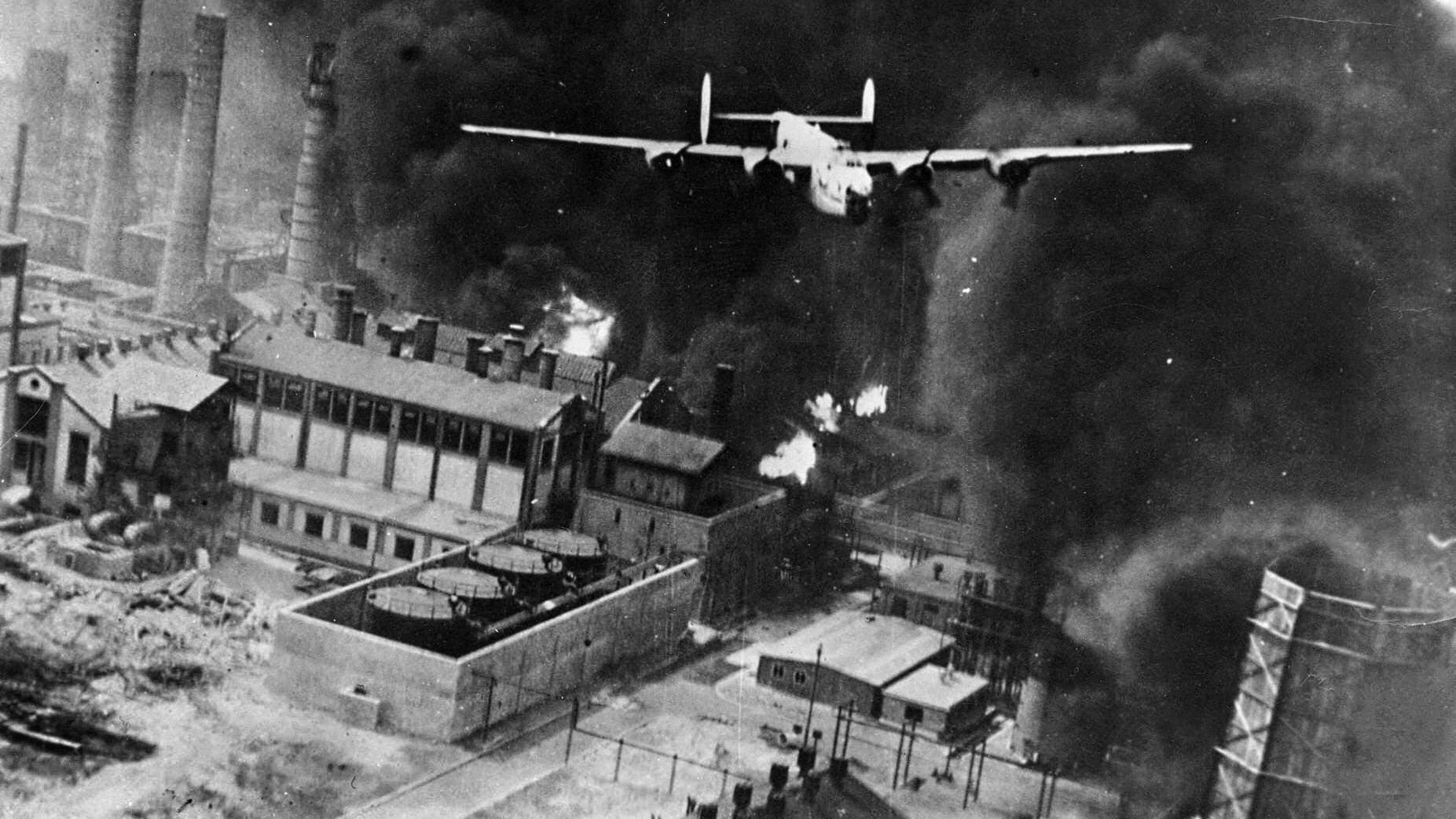
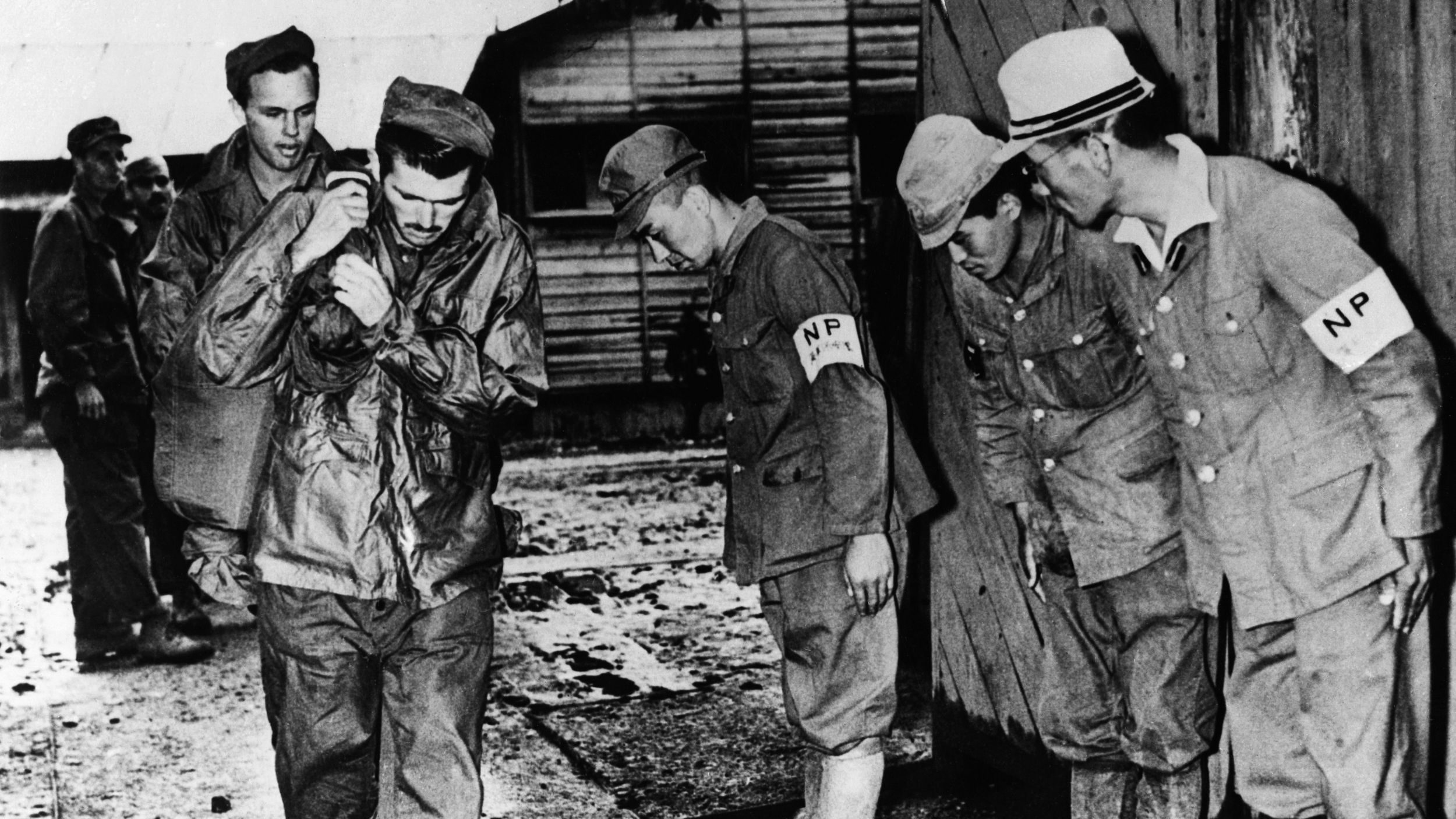
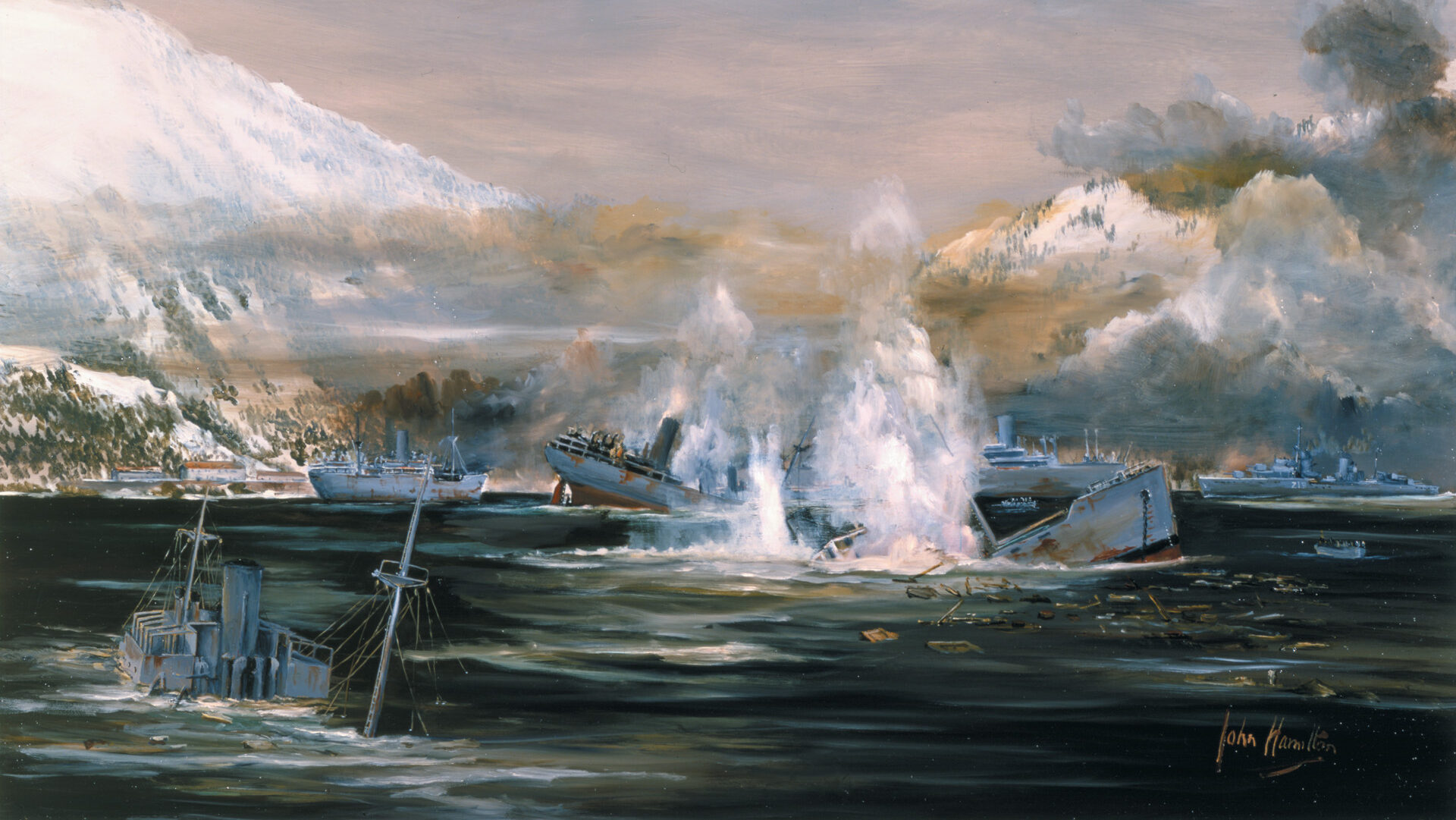
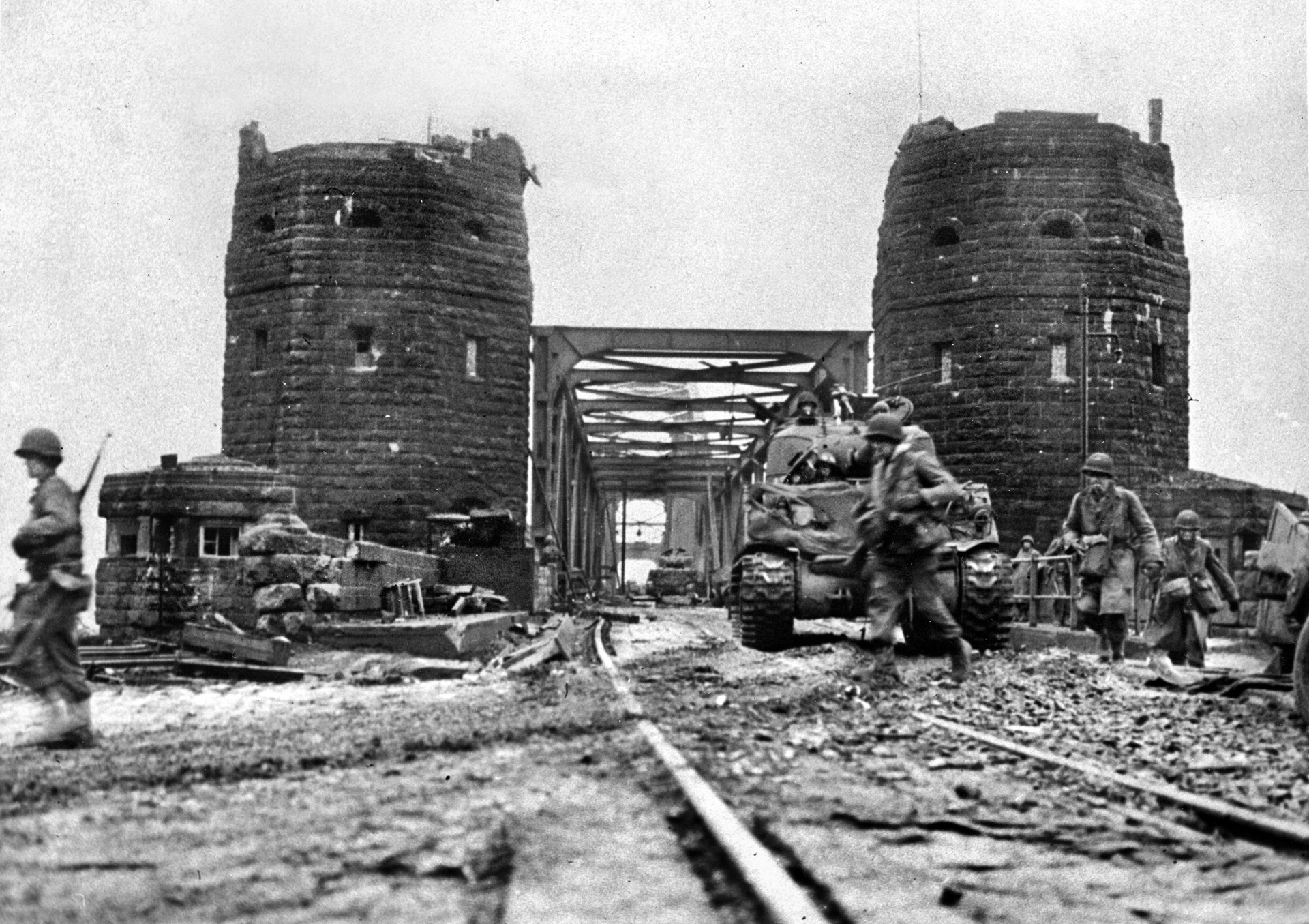
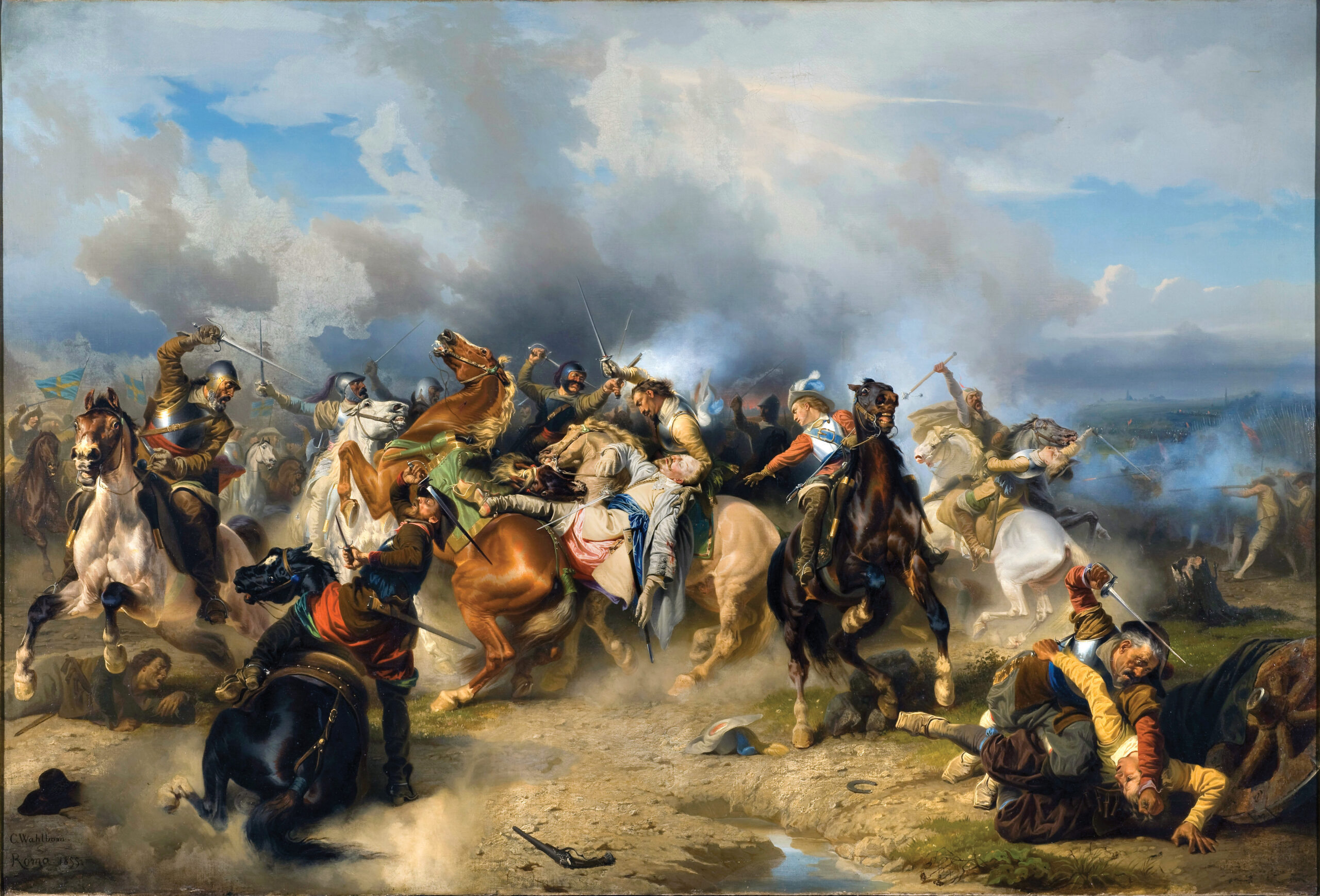
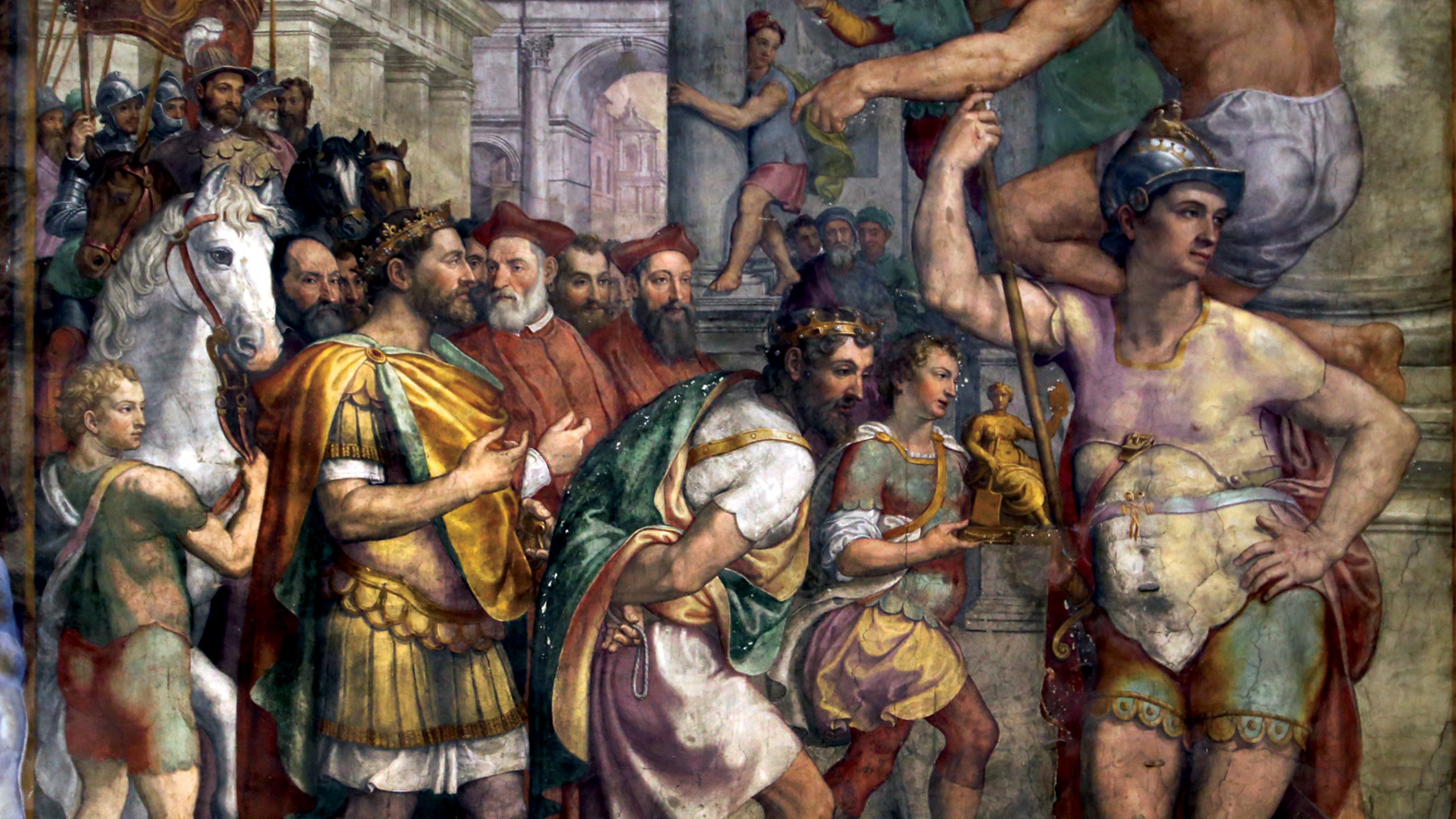
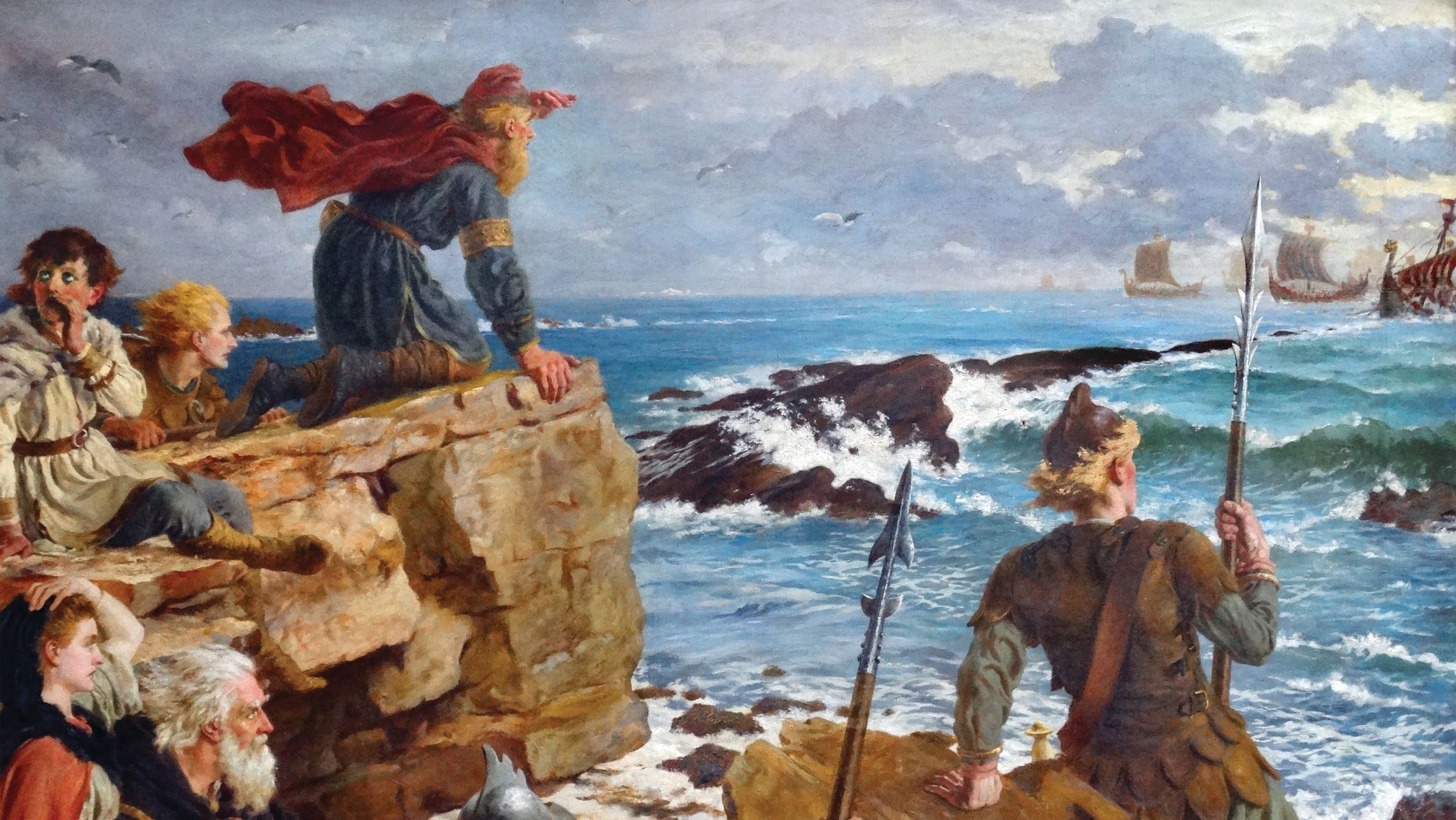
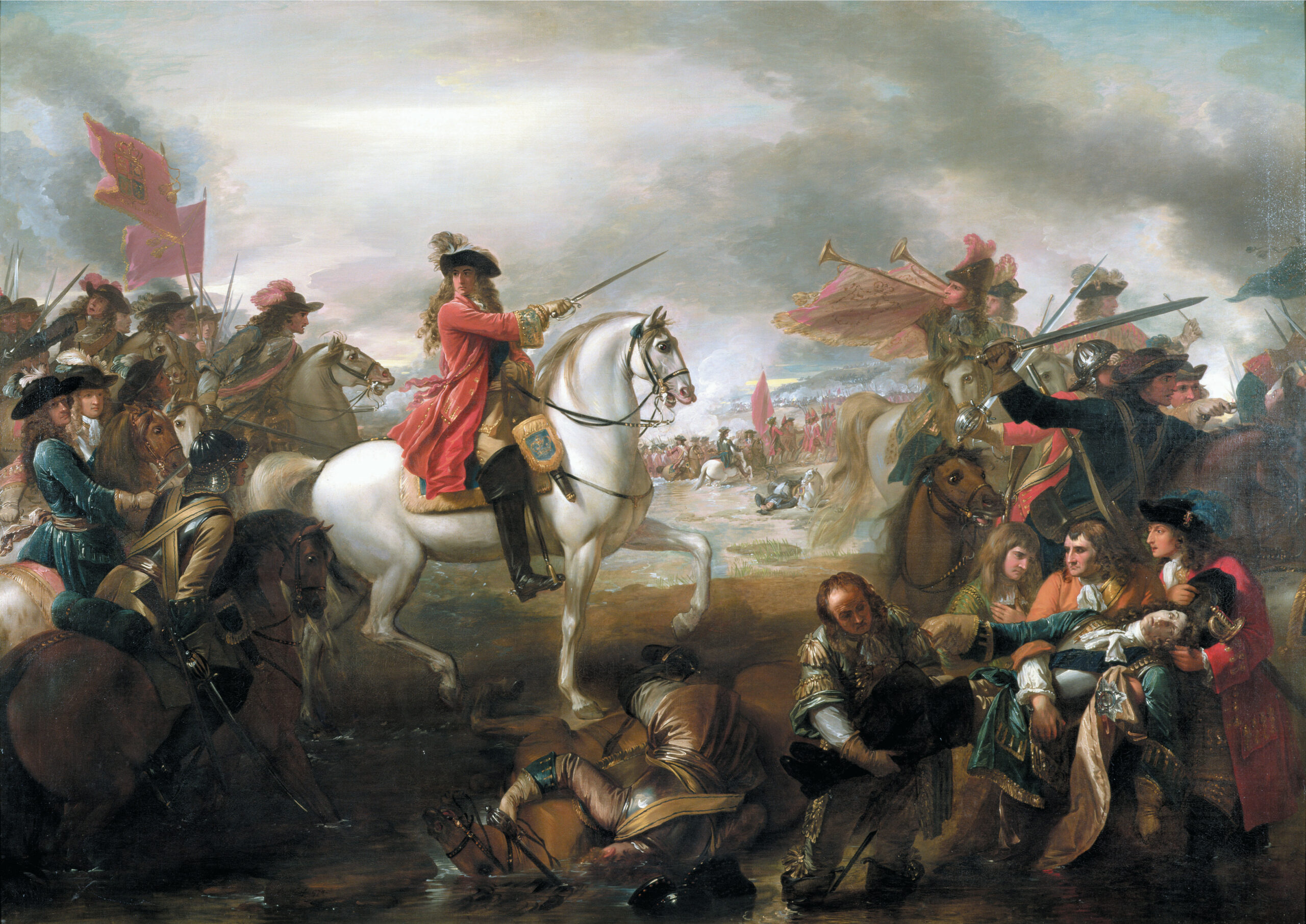
Nice article. Excellent writing.
The article very good historical work. Only one comentar. In a picture note says 25 th infantry división. Maybe the 26 infantry división beacuse the 25 was deployed at pacific theather
The sloping armour with the 6 hits is, of course, on a Panther Panzer mk 5 not a Tiger.